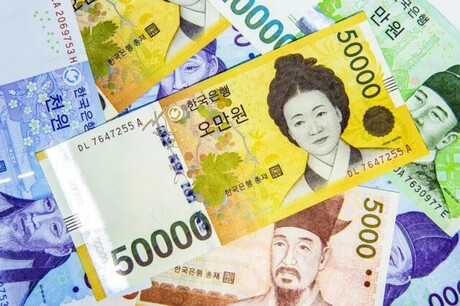
SINGAPORE – US Defense Secretary Pete Hegseth's address at the Shangri-La Dialogue in Singapore appears to outline the incoming Donald Trump administration's intent to significantly increase defense spending among Indo-Pacific allies, including South Korea. He subtly pressured nations like South Korea and Japan to boost their defense budgets by citing NATO's new defense spending target of 5% of GDP, while also delivering a stark warning against balancing relations between the US and China. This suggests that the pressure from the US on the next South Korean administration to increase defense expenditures and align with a strategy of isolating China will intensify.
Speaking on May 31 (local time) in Singapore, Secretary Hegseth asserted, "China seeks to become the hegemonic power in Asia," claiming Beijing aims to "dominate and control this region." He sharpened his tone against China, stating, "China is forcibly trying to change the current situation in Asia by using force."
Secretary Hegseth subsequently urged Asian allies to bolster their defense capabilities. "Just as Europe is increasingly taking on more responsibility for security, Asian allies must also play their part," he stated, adding, "They must swiftly strengthen their defense capabilities."
He indirectly pressed for increased defense spending by referencing NATO's new defense target of 5% of GDP. "NATO member states, including Germany, are committing to spend 5% of their GDP on defense," he noted. He then argued that it "makes no sense for Europe to do so (increase defense spending to 5% of GDP) when major allies and partners in Asia face a far greater threat [from China], not to mention North Korea, yet spend less on defense." Secretary Hegseth emphasized, "Europe is strengthening its defense capabilities. US allies in the Indo-Pacific region can and should follow suit by swiftly upgrading their self-defense."
While not directly demanding "defense spending increases" from countries like South Korea or Japan, his active mention of NATO's 5% guideline can be interpreted as a call for these nations to raise their defense budgets to at least a comparable level. Currently, South Korea's defense budget stands at around 2.5% of its GDP, suggesting the potential for the next US administration to demand more than double that amount.
Secretary Hegseth also issued a warning against the so-called "Security-America, Economy-China" (Anmigyeongjung) strategy and balanced diplomacy, where nations rely on the US for security while engaging economically with China. "I know many nations are tempted to pursue economic cooperation with China and defense cooperation with the United States simultaneously," he remarked. "However, economic dependence on China will only deepen their harmful influence and complicate the space for our defense-related decisions in tense times."
This statement effectively presents South Korea, whose top two export destinations are the US and China, with a de facto "either/or" choice in its diplomatic and trade strategies. With escalating US-China trade tensions, pressure to participate in efforts to isolate China is expected to grow.
Furthermore, Secretary Hegseth enumerated specific measures to strengthen defense capabilities in the Indo-Pacific region to counter China, stating that the US would explore ways to improve missile defense in the region. He particularly emphasized reinforcing integrated air and missile defense structures in the Indo-Pacific. For South Korea, this directly links to the contentious issue of participation in the US Missile Defense (MD) system.
Notably, Secretary Hegseth made almost no mention of North Korea's nuclear and missile threats during his speech. He only referenced North Korea once when discussing the need for increased defense spending by Indo-Pacific allies. This shift in focus underscores the overarching US strategy to prioritize competition with China as the dominant security challenge in the region.
[Copyright (c) Global Economic Times. All Rights Reserved.]




























